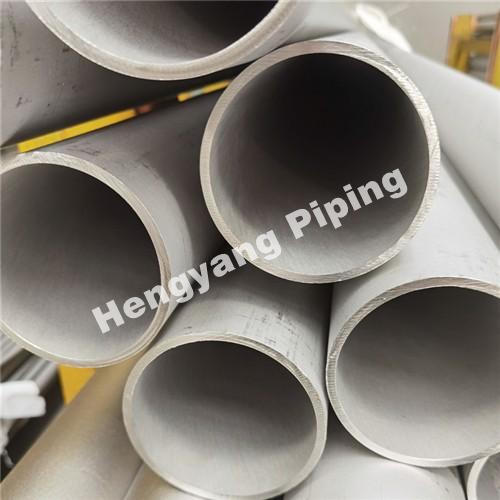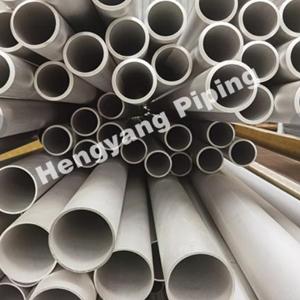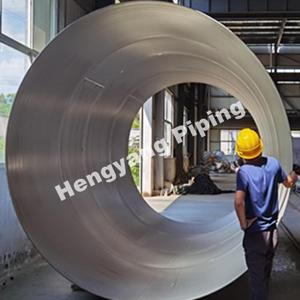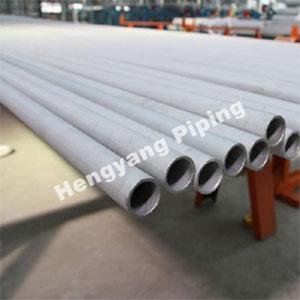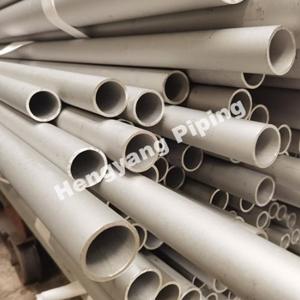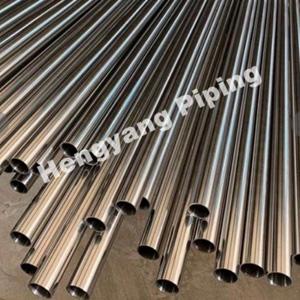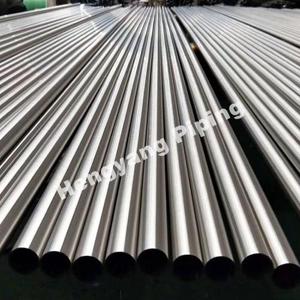254 SMO VS 316
254 SMO and 316 stainless steels are both austenitic stainless steels but differ significantly in composition and properties.
Chemical composition:
254 SMO stainless steel, also known as UNS S31254 or 6% molybdenum stainless steel, contains 6% molybdenum, 20% chromium, 18% nickel, and 0.20% nitrogen. 316 stainless steel, also known as UNS S31600 or marine grade stainless steel, contains 16-18% chromium, 10-14% nickel, and 2-3% molybdenum.
Corrosion Resistance
254 SMO stainless steel excels in harsh environments like seawater and acidic solutions, offering superior resistance to pitting and crevice corrosion compared to 316 stainless steel. While 316 stainless steel provides good corrosion resistance, it is less effective in chloride-rich environments.
Strength and Toughness
254 SMO stainless steel surpasses 316 stainless steel in strength and impact resistance. It also exhibits greater ductility and toughness, particularly at low temperatures.
Heat Resistance
254 SMO stainless steel offers a higher melting point and superior strength at elevated temperatures compared to 316 stainless steel.
Weldability
Both 254 SMO and 316 stainless steels are easily weldable with standard techniques. However, welding 254 SMO requires extra attention to prevent heat-affected zone (HAZ) cracking.
Applications
254 SMO stainless steel is typically used in chemical processing, desalination, marine environments, and pulp and paper production. In contrast, 316 stainless steel is commonly found in industries such as food and beverage, medical devices, and marine applications.
254 Smo Vs 316
|
Property |
254 SMO stainless steel |
316 stainless steel |
|
Chemical composition |
6% molybdenum, 20% chromium, 18% nickel, 0.20% nitrogen |
16-18% chromium, 10-14% nickel, 2-3% molybdenum |
|
Corrosion resistance |
Exceptional resistance to harsh environments, higher resistance to pitting and crevice corrosion |
Good corrosion resistance, lower resistance to chloride-containing environments |
|
Strength and toughness |
Stronger and more impact-resistant, higher ductility and toughness at low temperatures |
Lower strength and toughness |
|
Heat resistance |
Higher melting point, better high-temperature strength |
Lower heat resistance |
|
Weldability |
Readily weldable, requires care to avoid HAZ cracking |
Readily weldable |
|
Applications |
Chemical processing, desalination, marine environments, pulp and paper production |
Food and beverage, medical devices, marine applications |
Conclusion
While both 254 SMO and 316 stainless steels provide excellent corrosion resistance, 254 SMO stands out with superior corrosion resistance, strength, toughness, and heat resistance, particularly in harsh environments. The choice between the two depends on the specific requirements and conditions of the application.
